For the most part, many of today’s game controllers have fairly similar shapes at their core. Most of these have an asymmetrical and ergonomic design to get the best in terms of comfort and access to the multitude of buttons available within reach. There are many ways for manufacturers to attempt to distinguish the controllers from the rest. Firstly, there’s pricing. Then there’s a mix of designs, new buttons and features introduced. Syntech has introduced the SparkFox Atlas wireless controller, a low-cost controller with some additional features thrown in.
SparkFox Atlas Design
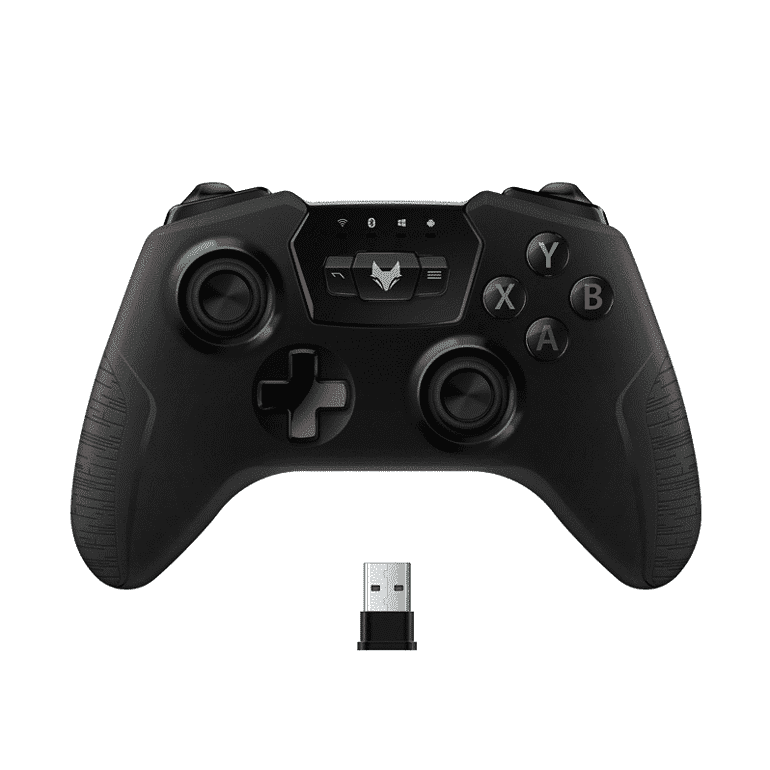
As alluded to in the introduction, there isn’t much in the way of a standout design on the SparkFox Atlas. At its core, the shape is similar to that of the Xbox One controller, trimmed down a little. It has a very similar width and grips as well. However, it’s shorter and somewhat thinner to give it a sleeker look.
For me, the size of the controller was great. My hands gripped and snuggled around the sides, with all the buttons within reach of my fingers as required. That said, the concern I have is that anyone with larger hands may not have the same experience. But the same will apply to those same individuals who use the Xbox and PlayStation controllers.
The left and right analogue sticks, D-Pad, as well as some of the buttons, are also very similar to that of the Xbox One. This is evident by means of the A, B, X and Y buttons. Where the SparkFox Atlas does differ are the triggers on the rear and the menu buttons in the centre. Instead of the three menu buttons being separated, they’re sort of added to the centre. The main menu button sports the SparkFox logo, and the two smaller buttons are off on either side.
What’s nice about the SparkFox Atlas controller is that there are LED indicator lights above the centre buttons. This allows users to have a quick view of the connectivity options and makes switching between them much easier. I will discuss more on this in the Connectivity section below.
Being a wireless controller, it comes with its own USB nano dongle. The controller adds a nifty slot to house the dongle, tucked on the bottom rear. Simply open the flap, and there’s a small cut-out that fits the dongle perfectly.
SparkFox Atlas Build
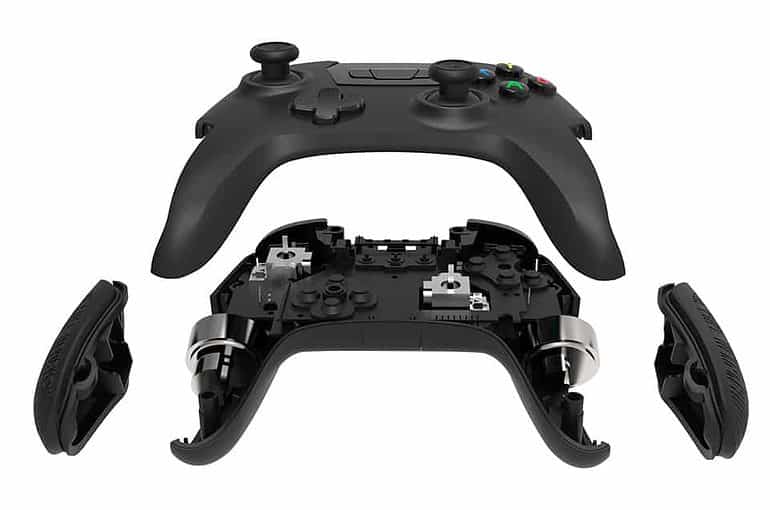
The build of the SparkFox Atlas is largely plastic. This is standard for the industry. The controller features a mix of finishes, which includes matter and glossy for specific regions. Unlike the Xbox controller, the SparkFox Atlas has rubberised grips on the sides. This doesn’t cover the entire grip but aligns neatly with the palms of your hands. The rubber is also featured on the analogue sticks, which is more conventional. The unit is built quite sturdy while still remaining very light, thanks to its smaller frame.
Connectivity
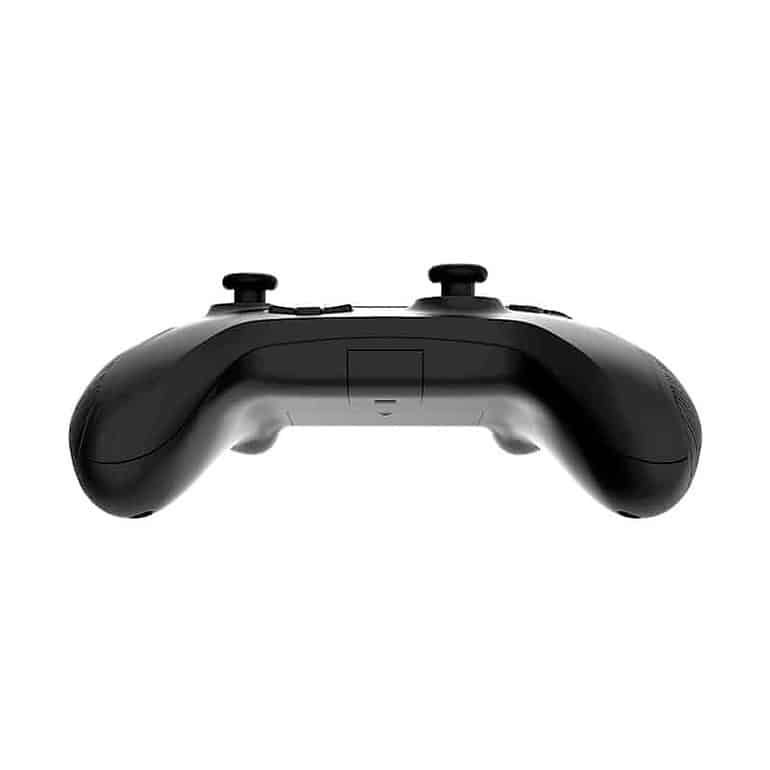
There are three ways to connect the SparkFox Atlas. And this is the major selling point of the controller.
The first, and recommended, is the wireless option. Simply take out the USB dongle, as mentioned in the Design Section, and plug it into your device of choice. Long press the main button to power on and it will immediately pair. The LED indicators will show two lights, the wireless and Windows or Android lights. You’ll then be good to go.
The second option is by means of Bluetooth. The SparkFox Atlas supports Bluetooth 4.0 connectivity to pair with your PC, Xbox or Android device. When powered on, make sure the wireless dongle isn’t connected anywhere. The device will then be discoverable via your device to pair with Bluetooth. Here, the indicator lights will show the Bluetooth light, as well as the Windows or Android light again.
Lastly, there’s a direct connection option. Included in the contents is a 3-metre long, braided USB cable, which plugs into the rear of the controller and into your device. The extra length of the cable makes it ideal even for use with your console, which may be on the other end of the living room.
The Windows logo and LED indicator on the SparkFox Atlas actually refer to X-input. This X-input indicates when connected to the list of supported ecosystems, which includes Windows, Xbox 360, Xbox One, Android 4.0+ and even Steam OS. The variety of connectivity options makes it a great option for many gaming ecosystems.
Performance
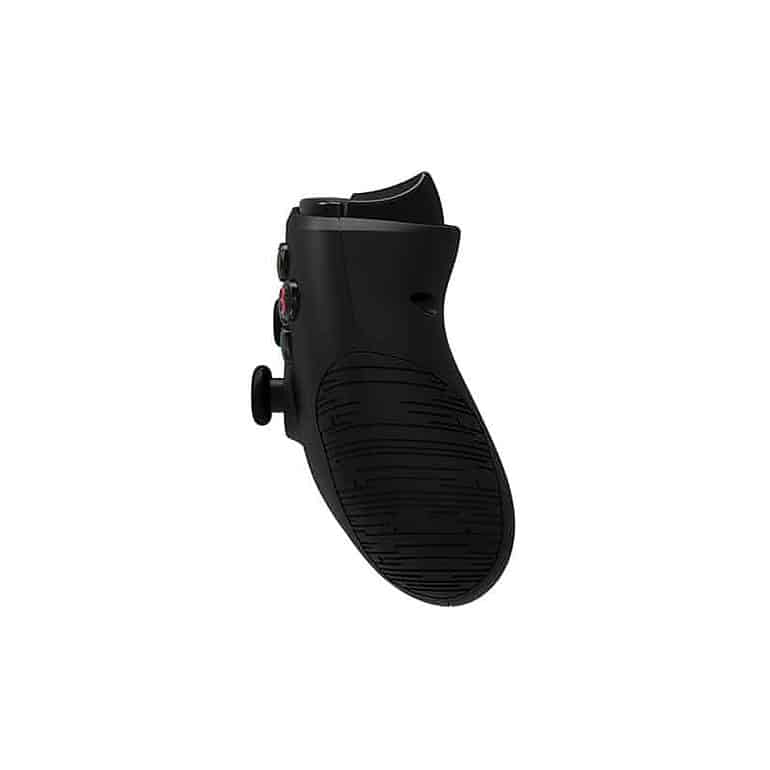
There’s a lot to love about the SparkFox Atlas controller. For starters, the addition of the grips is very welcome. Over and above comfort, those longer gaming sessions benefit a great deal from the rubberised grip. This will counter any issues you may have with sweat build-up and the like. Having the required support for the various platforms, I didn’t have any issues with setup and config on PC or Android. This includes the force-feedback vibrations and the like. Even when using the Steam Link app on Android, it worked suitably well.
Whether it’s the analogue sticks or triggers on the rear, the tracking is fairly precise. It worked really well, with no lag or errors, such as not recognising any functions when clicked. The battery compartment is the same size as that of the Xbox One controller. This means that if you have a battery pack, you’re able to use it again on the SparkFox Atlas.
Overall, I was very satisfied with the performance of the SparkFox Atlas controller during my gaming sessions.
Should You Purchase The SparkFox Atlas?
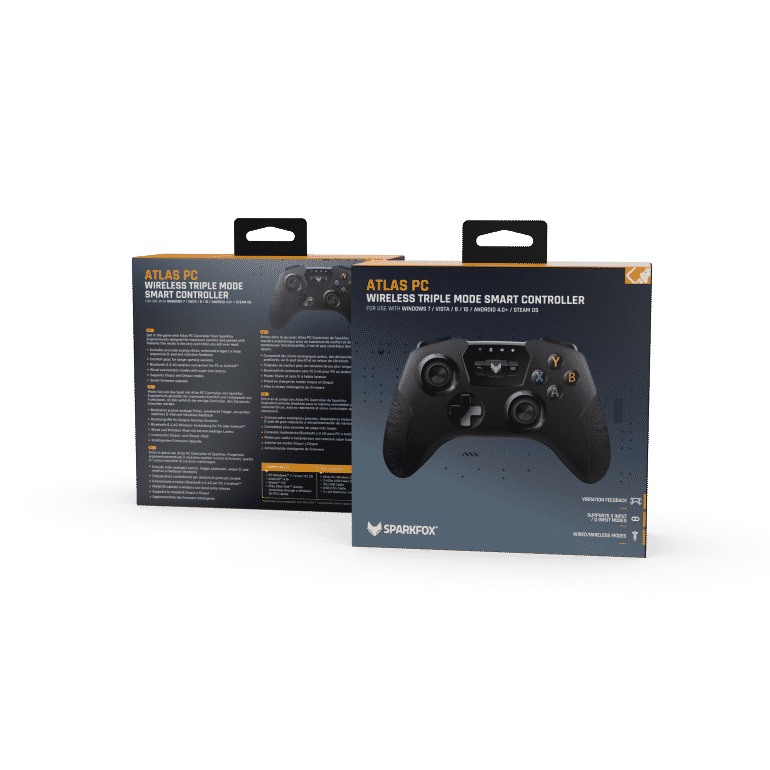
The SparkFox Atlas is a solid and reliable controller. Whether you’re on your PC, Xbox or Android device, the controller is capable of meeting your requirements. And then there is the multitude of connectivity options, which make it suitable for a number of ecosystems. The controller carries a very reasonable R699 retail price and is available at a number of online retailers.
In addition to the controller provided for review, the Syntech team also included a few added options to test from the ecosystem. This included the SparkFox Dual Charge Dock and Battery Pack and the SparkFox Controller Dual Battery Pack:
SparkFox Dual Charge Dock and Battery Pack
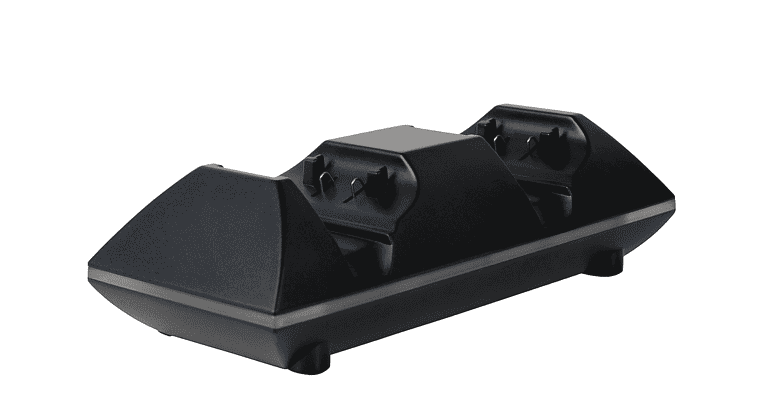
The SparkFox Dual Charge Dock and included Battery Pack are really great pairing with the SparkFox Atlas controller. While the controller includes two AA batteries, when unboxing, they will eventually run out of juice. The battery pack provided with the SparkFox Dual Charge Dock is rechargeable, making life so much easier when that happens.
The SparkFox Dual Charge Dock, as the name suggests, supports two controllers to be charged at any time. The contents include a pair of batteries that clip into the back of your Xbox One controller – or compatible controller. The battery pack has two special contact points behind them, which allow them to easily slip into place on the SparkFox Dual Charge Dock. They’re kept in place by means of a magnetic connection so they don’t slip off.
The docking station also included LED lights to indicate status. The lights span the sides of the unit and split into two segments to indicate the status of each device connected. When the battery requires a charge, the LED lights indicate this with red lighting. It then changes to green once it has been fully charged. Charging depends on the battery life remaining. This takes anywhere from 30-60 minutes. In addition to this, the batteries support fast charging directly from the Xbox One console, which is great.
The SparkFox Dual Charge Dock and Battery Pack carry a retail price of R399.
SparkFox Controller Dual Battery Pack
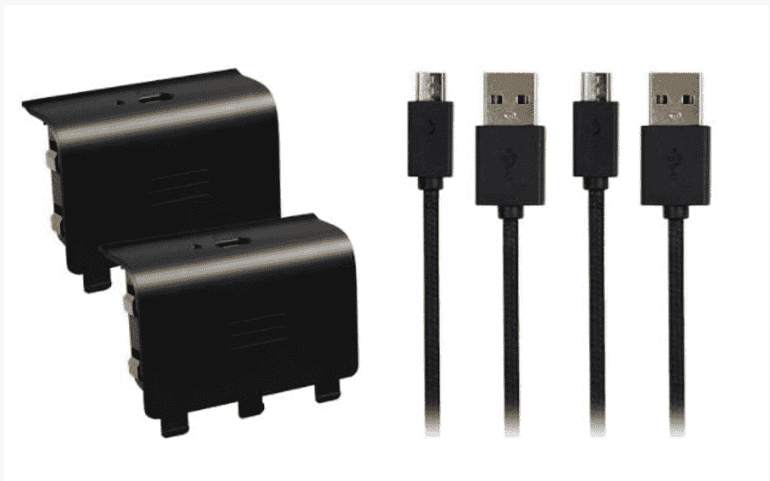
The SparkFox Controller Dual Battery Pack is another extension of the ecosystem of the SparkFox controllers. The battery pack offers a more affordable option than the SparkFox Dual Charge Dock. The battery pack is compatible with Xbox One and similar controllers. The contents include two batteries and two 2m long, braided cables for charging. There is an indicator light on the battery to indicate when it is charging and fully charged.
The SparkFox Controller Dual Battery Pack carries a retail price of R299.
Also, check out our review of the PlayStation Portal and the ASUS ROG Ally.
The Review
SparkFox Atlas
The SparkFox Atlas is close to being an all-in-one device which supports multiple platforms. In addition to this, it also has numerous connectivity options, making it extremely flexible. The low cost makes it an easy choice for gamers in need of a new controller.
PROS
- Wired connectivity options
- Multi-platform support
CONS
- Size may be an issue for some users



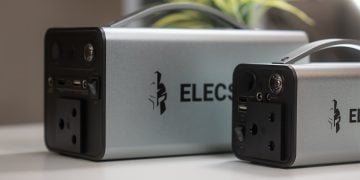


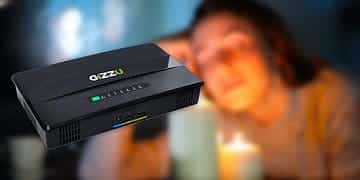


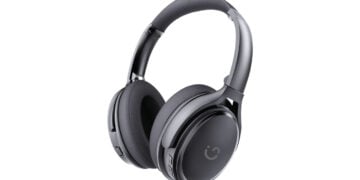
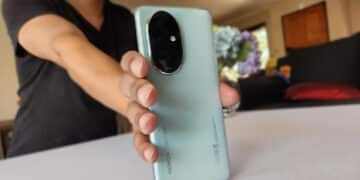
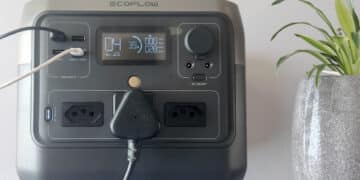





I purchased the Sparkfox Atlas Controller, as well as the charging dock, but the controllers don’t fit into the dock with the batteries in. So I need to remove the batteries from the controller whenever it needs to be charged. Very disappointed that it doesn’t fit, and I only purchased the dock because of this review. I’ll be returning the dock, and purchasing the wired rechargeable batteries instead. So just a heads-up to anyone else wanting to buy the charging dock for their Sparkfox Atlas Wireless controller.
The Atlas is designed similarly to the Xbox controllers to fit the same accessories. During testing, both the Atlas and Xbox controllers were compatible with both versions of the SparkFox charging dock. The batteries should not change the size/design of the controller when fitted.
It’s odd though, because I tried to get both of the Atlas controllers in with the battery, and even with just the battery cover on, and it just wouldn’t fit. The top of the Atlas was too thick to fit into the charger. It only fit once I removed the battery/battery cover. I took pictures of it not fitting, just in case. :-) I purchased the wired battery pack instead, which I’m quite happy with.
I tried their smartphone clip too (not reviewed here), and that didn’t fit the controller either. I love the controller itself though, but the extra accessories don’t seem to fit.